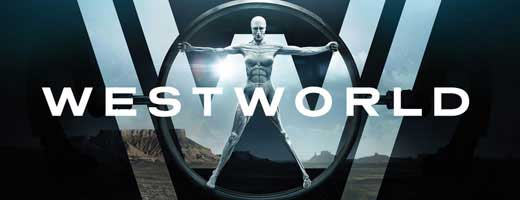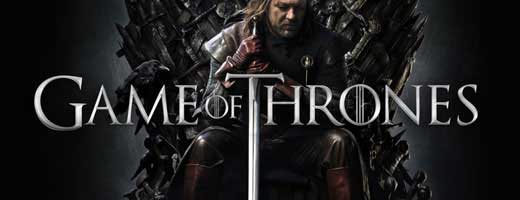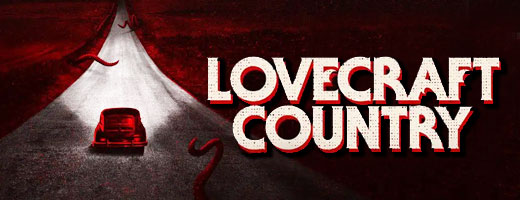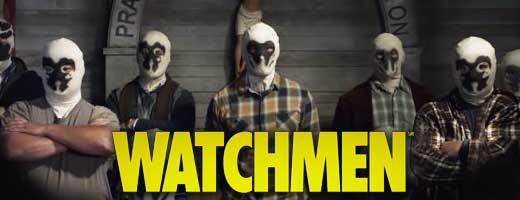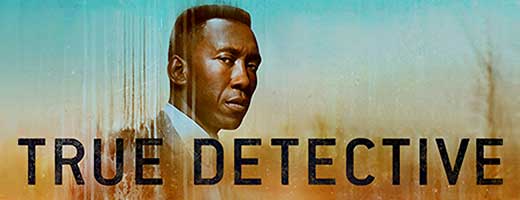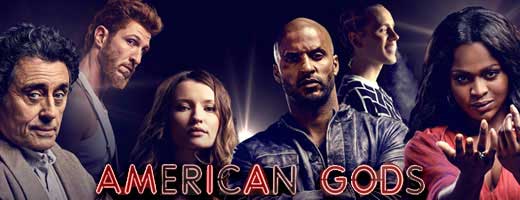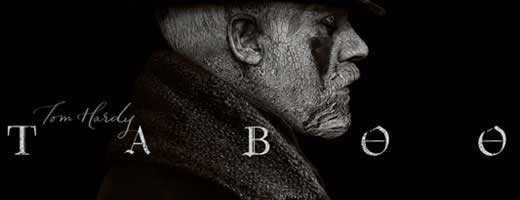Westworld Deeeeeeeep Dive

Have a Theory? Share It Now!
Hey guys,
Ryan in L.A. here
I’ve been sitting on this theory since Episode 2 of Season 2. It started by noticing the parent/child relationships between certain characters but I wanted to make sure other aspects were making sense before I took the time to write this all out. While, like a maze, the theory hasn’t been fully navigated because some of the “doors” have not been revealed, here is the gist:
The narratives are part of a game/war between two players. Possibly Ford and MiB. Or Two separate plots fighting for the same goal or object.
The “game” we are watching is taking place over much larger time scales set in parks and simulations between transferred consciousnesses and continual narrative loops.
The game involves a rescue or a return based on a narrative comprised of a trinity, namely Mother, Father, Child or possibly Son, Father, Holy Spirit or both.
For instance the parks are a simulation of a game between two factions to somehow retrieve a singularity or other relic in the form of a child or to prevent a “suicide” or both.
The narratives are based off the number 6.
Interesting Facts
In the Delos Destinations promo video on their website the ambiguous boilerplate strongly suggest Delos Destinations is a simulation. Examples: “Imagination shapes your reality. We create Worlds where nothing is impossible.” “Escape your reality.” “Challenging the conventions of Space and Time.”
On the poster for the film “Futureworld” there is the tag: “Where the only way to survive is to kill yourself”. Implying that a suicide is necessary to escape.
The pilot Episode is called “The Original”. The term “Original” was used in the original films to identify the human the clone was based off. The Episode opens with Arnold talking with Delores and is followed by Teddy on the train.
Teddy is the only host we see come into the park on the train, joined recently by Bernard. Notice the change in aspect ration when Bernard enters the simulation through the train. Combined with the theory that Teddy’s CU may have been transferred into Bernard I think Teddy has a much larger part to play here.
The story of the Man in the Maze is of a man that has died countless times and builds a Maze so no one can bother him. Teddy has died a lot and is anxious to carve out a safe place with Delores.
Ford and William are the only character we see “age”
We still do not know Ford’s origin story or the origin of The Argos Initiative
Theresa tells Ford her parents used to take her to the Parks when she was a child. The Park has only been open for around 30 years and Theresa is easily in her early 50’s. The time doesn’t add up.
Ford tells Theresa everything in the park, every blade of grass is designed and created.
Bernard tells Delores: “This world is but a spec of dust on a much, much bigger world. There’s no dominating it.”
Bernards reads to Charlie from Alice in Wonderland: “If I had a world of my own, everything would be nonsense. Nothing would be what it is because everything would be what it isn’t.”
When Maeve and crew resurrect Bernard after he shot himself. Bernard reveals to her that she is still on a narrative called “Escape”. He tells her she gets on a train and then…Maeve, in her denial, interrupts him before he can finish. Maeve never chooses to get off the train, it is part of her narrative.
Delores has three distinct outfits. Delores as Daughter and host (Blue Dress), Delores as navigating the Maze (Cowgirl), Wyatt (White top).
I’m convinced MiB is a host. Previously killed by Teddy
Maeve’s last name, Millay, is the same surname as poet and playwright, Edna St. Vincent Millay. Edna St. Vincent Millay wrote a play called Aria da Capo:
Summary of Info on the play from sources:
An unusual play structurally, Aria da Capo is a play within a play, thus it has two separate plots: a pastoral bookended with a harlequinade. The play defies being set in a given time period and the playwright allows juxtapositions within the play to speak louder than the writing of any political statements could have accomplished. The characters are portrayed as being controlled by a script not of their own making, and yet ultimately prove to be powerless to step away from it.
The opening segment is a harlequinade that had its origin in the Italian commedia dell’arte. When the curtain rises Pierrot and Columbine, the lovers, are seated at a long table which is parallel to the footlights. The table is covered with a gaily printed black and white cloth on which is set enough dishes to represent a banquet. The two characters (Arnold & Delores?) sit at opposite ends of the table on thin legged chairs with high backs. Pierrot is dressed in his traditional costume except that it is lilac color. Columbine is in her traditional garb except that it is pink. Their conversation covers a range of topics and it is led by Pierrot who is constantly referring to the edgier modernist movements of the day. Cothurnus, the Masque of Tragedy (Ford?), interrupts their scene since he needs to rehearse his play.
Once the lovers leave the stage, Cothurnus starts a new play with two shepherds, Thyrsis and Corydon.
( Thyrsis is a poem written by Matthew Arnold to commemorate his friend.
Corydon is the name of a character that features heavily in the Eclogues of Calpurnius Siculus. Some scholars believe that Calpurnius represents himself, or at least his “poetic voice” through Corydon. )
The shepherds eventually start their pastoral playlet, but soon get bored and agree to play a new game of their own invention. They divide the acting area in half with crepe paper ribbons and begin what becomes a game of war over ownership. The play ends after the death of both characters and Cothurnus leaves the stage. Pierrot and Columbine return to the stage and are upset that their set has been rearranged. They see two dead bodies under their table and want Cothurnus to take the bodies off the stage. He refuses so Pierrot covers them with the table cloth so the audience cannot see them. Pierrot and Columbine begin their dialogue repeating the first sentences of the play.
This outline of the action does not begin to reveal the witty language, the sense of disillusionment that the game of war creates and the attitude of quickly forgetting the tragic events.
Aria da Capo, the play’s title, is a reworked version of the name of a musical form (da capo aria) from the Baroque period. It is sung by a soloist (6 main characters/narratives?) with the accompaniment of instruments (sub-narratives), often a small orchestra.
A da capo aria is in ternary form, meaning it is composed of three sections. The first section is a complete musical entity, ending in the tonic key, and could in principle be sung alone. The second section contrasts with the first in its musical key, texture, mood, and sometimes also tempo. The third section was usually not written out by the composer, who rather simply specified the direction “da capo” (Italian for “from the head”) – meaning from the beginning, which meant that the first section should be repeated in full.
http://www.ww1plays.com/2016/05/millays-aria-da-capo.html?m=1 http://www.provincetownplayhouse.com/ariadacapo.html
Number 6 Theory
The narratives of Westworld are based off the number 6.
Six is a perfect number: 6 is the smallest positive integer which is neither a square number nor a prime number. Six is the second smallest composite number; its proper divisors are 1, 2 and 3.
Since six equals the sum of its proper divisors, six is the smallest perfect number, Granville number, and [{mathcal {S}}] -perfect number.
There are six parks. I believe the “Outside” world or cityscaped world is a park. (Futureworld?)
There are six groups of people that we follow based off of six narrative main subjects:
Arnold/Bernard
Elsie, Delores, Ford…
Maeve
Armistice, Hector, Lee, Sylvester, Felix, Shogun peeps
Delores/Wyatt
Teddy, Clem, Angela, William, MiB, Logan, Peter A
Charlotte
Delos, Ashley, Strand, Bernard
MiB/William
Emily/Grace, Lawrence, Teddy, Delores, Ford
Ford
Arnold/Bernard, MiB
Within those 6 groups are, 2-3, Main Subject Trinities: haven’t figure this out yet but a trinity may be completely different characters in different groups and timelines or they could be alternate personalities such as, Bernard/Arnold/Teddy for example or a combination of both such as MiB/William/Delores. They relate to each other profoundly and help push the Narratives/Game to it’s conclusion.
In some way shape or form this group gets distilled down into a trinity of Mother, Father, Child/Son, Father, Holy Spirt. My guess is the child, (Maeve’s Daughter) is either Teddy and Delores’ or a Host and a Human hybrid (William/Delores) that’s being protected. Or something like Ford, Arnold, Teddy are the same narrative in different simulations. Not exactly those but something similar.
Significant deaths:
William’s wife, James Delos daughter, kills herself
MiB kills Maeve’s daughter
MiB kills Maeve (stabbed in her in Stomach)
MiB kills Teddy
Teddy kills MiB?
Delores kills Arnold
Delores kills Ford
Bernard Kills Theresa
Significant Relationships:
MiB and his daughter Grace ( the character is still listed as Grace on IMDB)
William and his daughter Emily
Arnold and his Son Charlie
Delores and her Father Peter A
Maeve and her Daughter
William and his wife, James Delos’ daughter, Juliette
Lawrence and his Daughter and Wife
Fathers(6):
Teddy?
William
MiB
James Delos
Arnold
Peter Abernathy
Mothers (4):
Delores?
Maeve
Juliette
Akane
??
??
Daughters (6):
Delores
Maeve’s Daughter
Emily
Charlotte?
Grace
Juliette
Sons (2):
Charlie
Logan?
logo:
The Delos (secret) logo is two hexagons shaped as triangles forming an equilateral hexagon in the middle. There are Three Peak narratives on each hexagon, one for each long side of the hex. There are three sub-narratives on each hex, one for each short side of the hex.
6 total peak narratives and 6 total sub-narratives on two intersecting hexagons comprised of 2 sets of 3 narratives per hex to create 1 equilateral (perfect) hexagon in the middle. 2+3+1=6
The Triangles are the Mother, Father, Child/Son, Father, Holy Spirit trinity interlocking to create a singular perfect oneness in the form of a hexagon in the middle. This middle is somehow related to the child & cradle.
This is a diagram to show what I mean. It’s not necessarily this combination but something similar.
[cid:ii_jhqt3m1b0_163a8cd504556bc3]
And further
The logo creates a loop (infinity sign) of intersecting narratives. A never ending maze to be navigated to reveal a center.
If you find mathematical patterns based of the number six or some combination of numerical factors within the 6 narratives you can decode the pattern. Maybe it’s binary that reveals our origins as trapped in a simulation. Tongue firmly in cheek there but really who knows anymore.
I could be completely wrong on all of this but damn it’s fun to think about.
Thanks for reading.
—
__________________________________________________
www.ryangilden.com<http://www.ryangilden.com>
www.ryangildendesign.com<http://www.ryangildendesign.com>
Subscribe Now
- Android: https://shatpod.com/tv/westworld-android
- Apple/iTunes: https://shatpod.com/tv/westworld-itunes
Help Support the Podcast
- Contact Us: https://www.shatpod.com/contact
- Commission Movie: https://www.shatpod.com/support
- Support with Paypal: https://www.shatpod.com/paypal
- Support With Venmo: https://www.shatpod.com/venmo
- Shop Merchandise: https://www.shatpod.com/shop
- Shop Amazon With Our Affiliate Link – https://www.amazon.com/?tag=shatmovies-20
- Theme Song – “The Ecstasy Of Gold” (Hip Hop Instrumental Version) by Dj 2 Bad
- Outro Music – By Simon Eric Haywood

